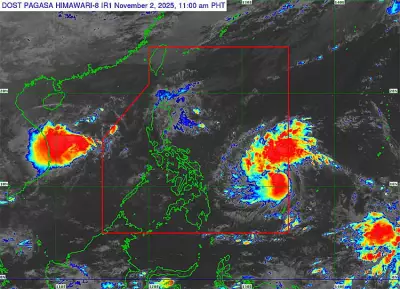
Living in an earthquake-prone country like the Philippines demands constant vigilance and proper preparation. Seismic events can strike without warning, making knowledge your best defense against potential disaster.
Before the Earthquake: Preparation is Key
Proactive measures taken today can save lives tomorrow. Start by securing your home environment to minimize risks.
- Secure heavy furniture to walls to prevent tipping during shaking
- Create an emergency kit containing at least three days' worth of food, water, medications, and first aid supplies
- Identify safe spots in each room, such as under sturdy tables or against interior walls
- Develop a family communication plan and establish meeting points
- Practice drop, cover, and hold on drills regularly with all household members
During the Earthquake: Immediate Action Saves Lives
When the ground begins to shake, your response in those critical seconds can determine your safety.
- Drop to your hands and knees immediately
- Cover your head and neck by taking shelter under sturdy furniture
- Hold on to your shelter until the shaking completely stops
If you're indoors, stay inside. Avoid doorways as they don't provide better protection than other parts of the structure. Never use elevators during an earthquake.
If you're outdoors, move to an open area away from buildings, trees, and power lines. If driving, pull over safely and remain in your vehicle.
After the Earthquake: Navigating the Aftermath
The danger doesn't end when the shaking stops. The post-earthquake period requires careful assessment and cautious movement.
- Check yourself and others for injuries before providing assistance
- Expect aftershocks and be prepared to drop, cover, and hold on again
- Inspect your surroundings for hazards like gas leaks, electrical damage, or structural weaknesses
- Use flashlights instead of candles to avoid fire risks from potential gas leaks
- Listen to official updates through battery-powered radios or reliable sources
Essential Emergency Kit Contents
Your earthquake survival kit should include:
- Bottled water (at least one gallon per person daily)
- Non-perishable food items
- First aid supplies and necessary medications
- Flashlights with extra batteries
- Portable radio
- Personal documents and emergency contact information
- Basic tools and whistle for signaling
Remember that earthquake preparedness isn't a one-time task but an ongoing commitment to safety. Regular reviews of your emergency plans and supplies ensure you're always ready when the unexpected occurs.





